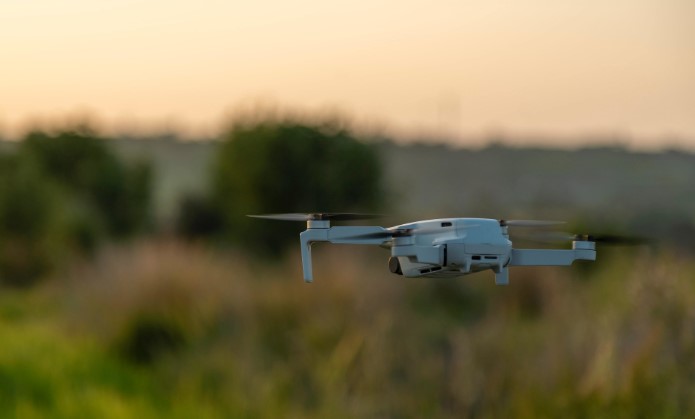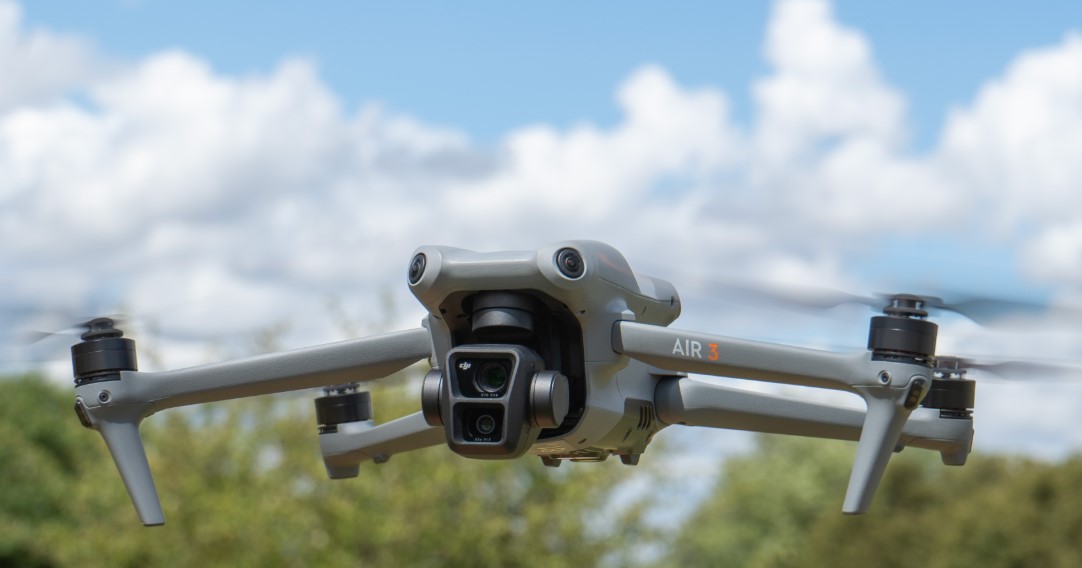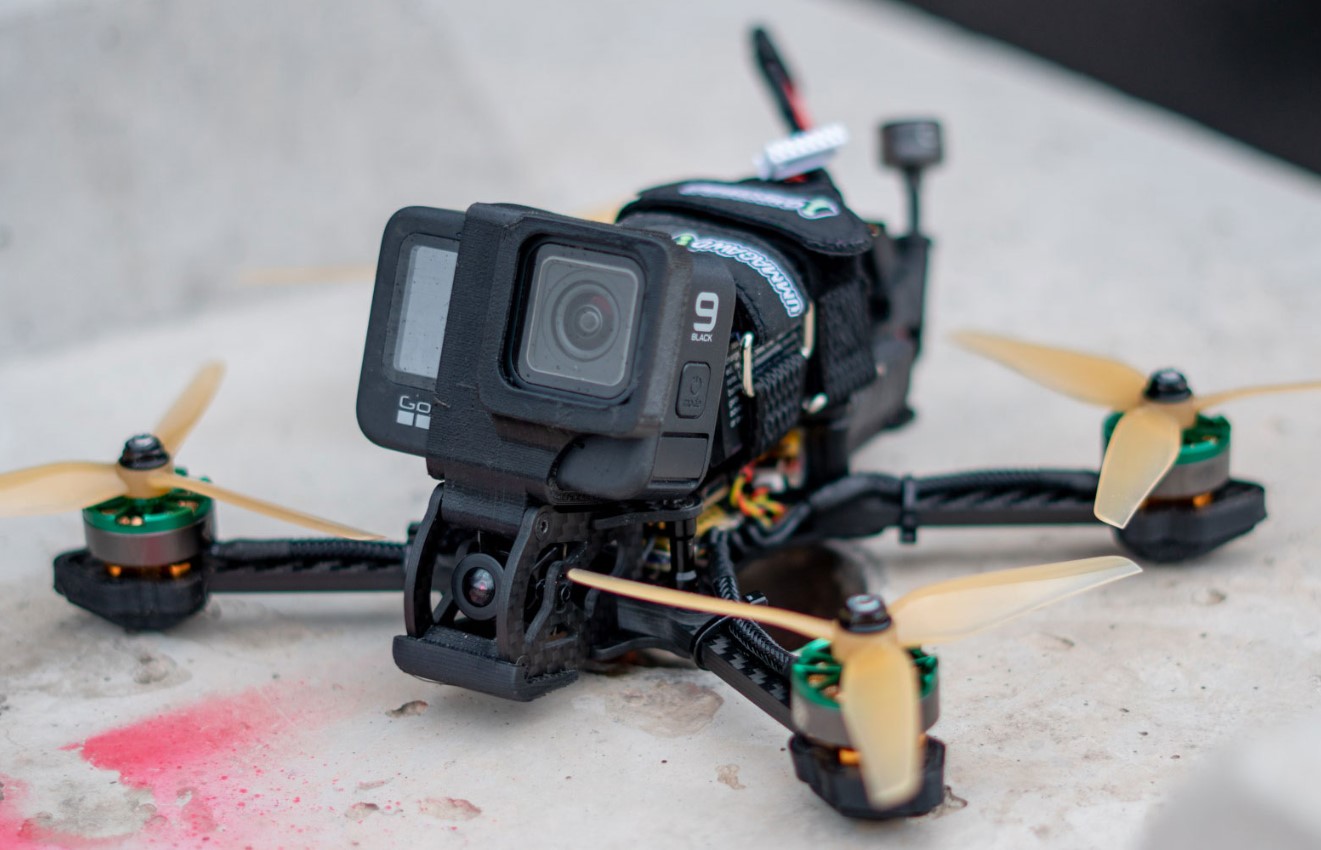The rapid evolution of drone technology has transformed the landscape of transportation, logistics, entertainment, and emergency response. Among the most fascinating developments is the idea of drones lifting humans – a concept once relegated to science fiction. With advancements in materials, engineering, and propulsion, the question arises: Can drones lift humans? This essay explores the technical, practical, and regulatory aspects of this intriguing possibility. Follow Dronevoz.com !!!
Understanding Drone Capabilities
Drones, or unmanned aerial vehicles (UAVs), come in various shapes and sizes, each designed for specific applications. Commercial and recreational drones are typically small and lightweight, optimized for aerial photography, surveying, and delivery services. However, human-lifting drones fall into the category of heavy-lift drones, which are engineered to carry substantial payloads.
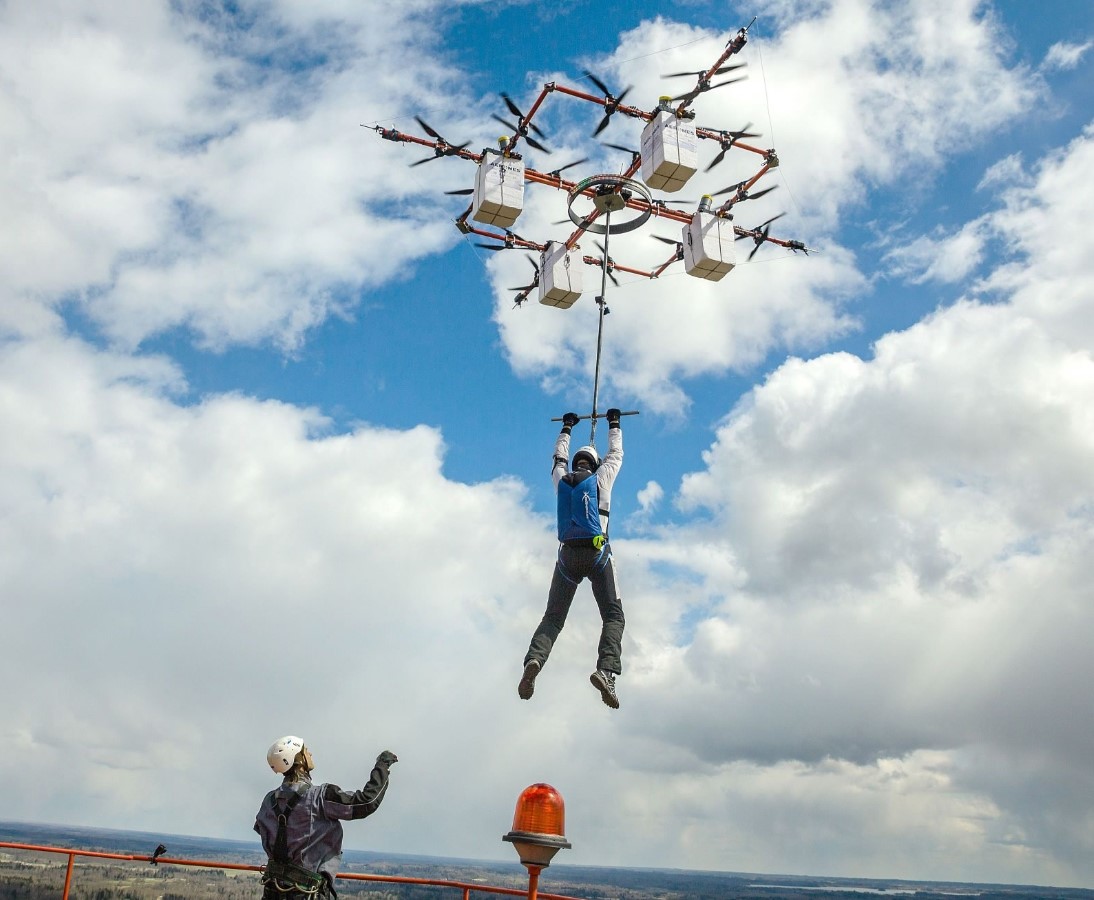
Key Factors Influencing Payload Capacity
- Propulsion System: The strength and efficiency of motors and propellers determine how much weight a drone can lift.
- Battery Technology: High-capacity batteries are essential for supporting heavier loads while ensuring adequate flight duration.
- Structural Design: Lightweight yet durable materials like carbon fiber and aluminum allow drones to handle significant payloads without compromising stability.
Heavy-lift drones like the DJI Agras T40 and Griff Aviation’s UAVs can carry up to 200 kilograms (440 pounds), demonstrating the feasibility of substantial payload capacities.
The Feasibility of Human-Lifting Drones
The concept of drones lifting humans requires combining heavy-lift drone technology with safety and reliability standards. Several companies and innovators are already pioneering this space.
Notable Examples of Human-Lifting Drones
- Ehang 184 and 216:
Ehang, a Chinese company, developed these autonomous aerial vehicles (AAVs) for personal transport. Capable of carrying one to two passengers, the Ehang 216 boasts a payload capacity of 220 kilograms (485 pounds) and can fly up to 35 kilometers (21.7 miles) on a single charge.
- Volocopter:
A German-based innovation, the Volocopter is a multicopter designed for urban air mobility. Its 18 rotors ensure stability and redundancy, enabling it to carry a human passenger with safety as a priority.
- Lift Aircraft’s HEXA:
The HEXA is a lightweight, single-passenger drone intended for recreational use. Weighing just 196 kilograms (432 pounds), it uses 18 independent rotors for controlled flight.
These examples highlight that human-lifting drones are no longer theoretical; they are real, functional, and continually advancing.
>>> Read: Can You Fly A Drone From A Moving Vehicle?
Applications of Human-Lifting Drones
The ability of drones to lift humans opens up numerous possibilities across various industries.
- Emergency and Disaster Response
In natural disasters or inaccessible terrains, human-lifting drones could provide lifesaving assistance by transporting victims to safety or delivering medical personnel to critical locations.
- Urban Air Mobility
Human-lifting drones could revolutionize urban transportation by reducing traffic congestion and offering faster commute options. Companies like Uber Elevate are exploring drone taxis for short-distance travel.
- Military and Defense
Human-lifting drones could be used for troop transport, rescue missions, or equipment delivery in combat zones, enhancing operational efficiency and safety.
- Recreational Activities
The advent of drones capable of lifting humans could introduce new forms of extreme sports and leisure activities, such as aerial tours and adventure flights.
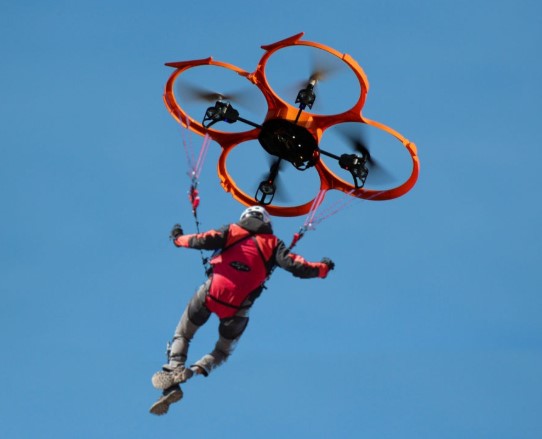
Challenges and Limitations
While the technology to lift humans using drones exists, several challenges must be addressed before widespread adoption.
- Safety Concerns
Safety remains the most critical issue for human-lifting drones. Ensuring redundancy in propulsion systems, fail-safe mechanisms, and collision-avoidance technologies is essential to prevent accidents.
- Battery Life and Flight Duration
Current battery technologies limit the flight duration of heavy-lift drones, making them suitable only for short-distance travel. Innovations in battery chemistry, such as solid-state batteries, are needed to overcome this limitation.
- Noise Pollution
The noise generated by multiple rotors can be a significant deterrent, especially in urban environments. Researchers are exploring quieter propulsion systems to mitigate this issue.
- Regulatory Hurdles
Governments and aviation authorities worldwide are grappling with creating regulations for human-lifting drones. Issues like airspace management, pilot certification, and passenger safety must be resolved to ensure legal and safe operations.
Future Prospects
The future of human-lifting drones looks promising, with ongoing advancements in technology and increasing investment from both private companies and governments. Key trends shaping the future include:
- Autonomous Flight
Integrating artificial intelligence (AI) and advanced navigation systems could enable fully autonomous drones, reducing the need for skilled operators and enhancing scalability.
- Hybrid Propulsion Systems
Combining electric and fuel-based propulsion systems could increase flight range and payload capacity, addressing one of the major limitations of current drones.
- Smart Infrastructure
Developing smart cities with dedicated drone corridors, charging stations, and landing pads would facilitate the integration of human-lifting drones into daily life.
- Environmental Impact
Transitioning to renewable energy sources and eco-friendly materials could make drones a sustainable mode of transportation.
Ethical and Social Considerations
The introduction of human-lifting drones also raises ethical and societal questions:
- Equity and Accessibility: Will this technology be accessible to the general population, or will it remain a luxury for the wealthy?
- Job Displacement: Could drone taxis and deliveries lead to job losses in traditional transportation industries?
- Privacy Concerns: The widespread use of drones raises concerns about surveillance and data privacy.
Addressing these issues is crucial for the responsible development and deployment of human-lifting drones.
Conclusion
The question, “Can drones lift humans?” is no longer theoretical; it’s a reality backed by technological achievements and innovative solutions. While challenges related to safety, battery life, and regulations remain, the potential applications in transportation, emergency response, and recreation make human-lifting drones a revolutionary concept.
As technology continues to advance and societal acceptance grows, human-lifting drones could redefine how we think about mobility, opening up new horizons in urban planning, disaster management, and personal transportation. The future of flight is here, and it’s closer than ever to carrying us to new heights—literally.
